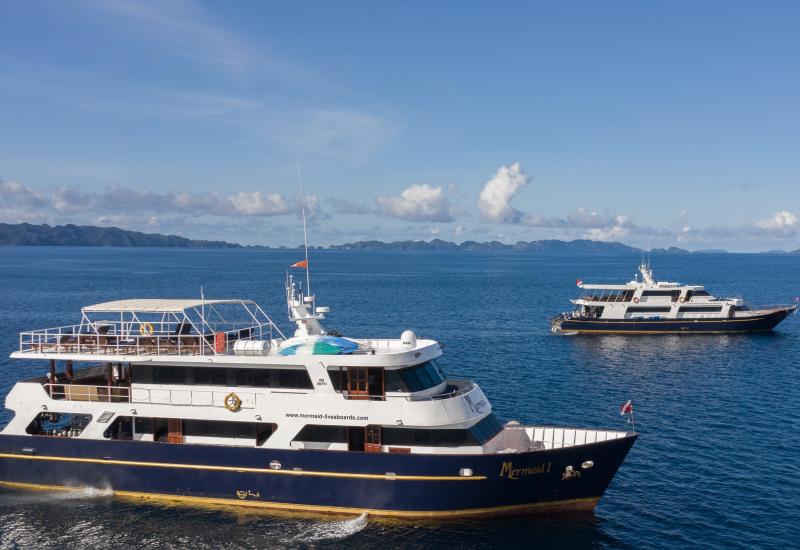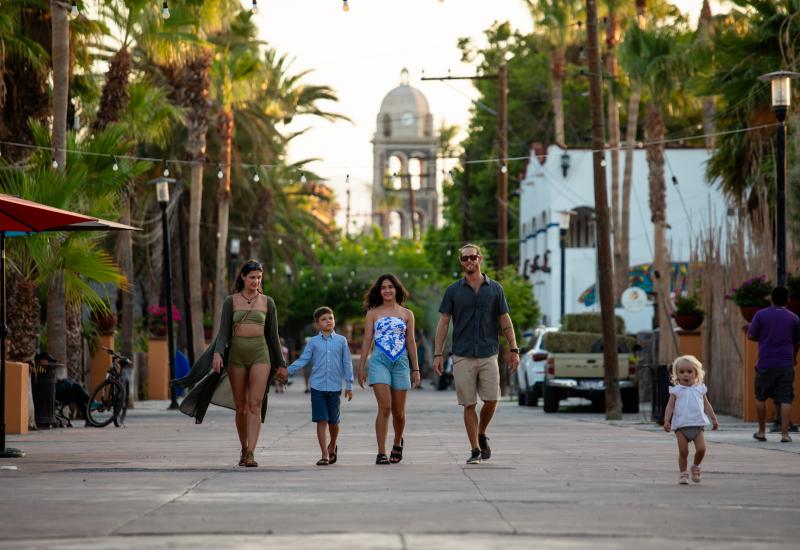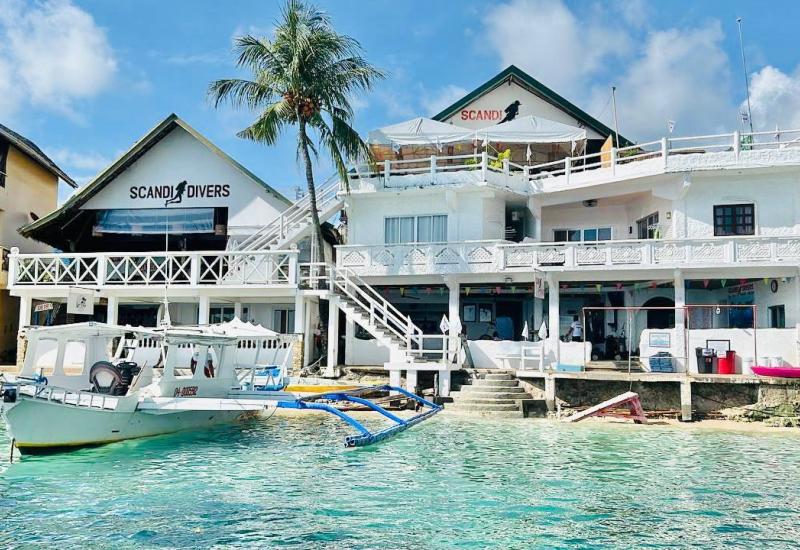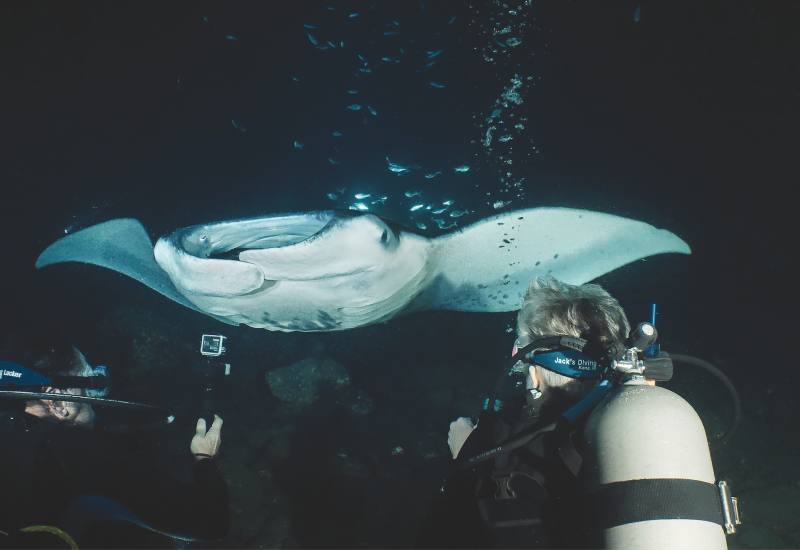What It’s Like to Travel to French Polynesia During the COVID-19 Pandemic

Renee CapozzolaAt the "Sand Bar" on Moorea, blacktip reef sharks are regular visitors and make terrific subjects for over-under shots in the calm, shallow lagoon.
While the list of countries accepting American travelers now is quite abbreviated, it does happen to include French Polynesia, my favorite destination for shark viewing and over-under shots! So, when I heard French Polynesia, aka “Tahiti,” was opening to international tourists on July 15, I was excited to plan a two-week trip to the idyllic island of Moorea with my family, especially since I had not been out of the country since January 2020.
Requirements for Entry
At the moment, French Polynesia requires a negative Covid-19 test (RT-PCR type) for anyone ages six years and older. The test must be taken within three days of your international departure flight into Tahiti along with completion of an online health document. Additionally, on day four of your stay, you are required to complete another Covid-19 self-test, which can be easily performed in your hotel room.
What It’s Like to Travel Internationally Right Now to Tahiti
When we arrived at the LAX international terminal three hours prior to our redeye flight, it was pretty empty. After waiting in a short line at the Air Tahiti Nui check-in counter, we submitted our negative Covid-19 test paperwork and were temperature checked. It may be helpful to know that with your dive card you get a second checked bag for free. The boarding process was done by row, starting with the back of the plane first. The flight attendants passed out packets to each passenger containing face masks and sanitizer. The flight wasn’t full, but was definitely more crowded than I expected. Luckily, my family of four ended up with three rows of three seats to ourselves in the back of the plane, which had the fewest passengers. During the flight, everyone around us kept their masks on, except to eat or drink. Upon arrival into Papeete, we also disembarked by row and then stood in line to clear immigration and show our arrival paperwork. From the airport, we took a taxi to the ferry terminal where we had time to grab coffee before boarding the “Aremiti” ferry to Moorea. All in all, the journey was much easier than expected, and the most difficult thing I encountered was convincing my eight and thirteen-year-olds to keep their masks on for an eight-hour flight, which they did, with some bribing!
What It’s Like to Stay on Island Right Now
We decided to stay at Sunset Beach Moorea, which features condo-type units right off the beach with kitchens and laundry. The $250 price per night was very reasonable and the spacious units were equipped with air conditioning as well as a nice outdoor garden, complete with chickens, dogs, and cats, where we enjoyed spending our morning coffee with each day! Social distancing is taken seriously and when entering any of the public spaces, including hotels, restaurants, taxis, supermarkets, or local shops, you are required to wear a face covering. I was impressed that the accommodation reception even had a glass partition at the front desk and a limit of four people in the lobby.
What It’s Like to Dive Right Now

Renee CapozzolaA large lemon shark cruises in the crystal-clear water column passing just in front of Christian Vandoren of Moorea Fun Dive, which runs regular dive charters to view the lemon sharks.
I performed scheduled dives with three different operators while in Moorea, which all operated with care and at reduced capacity for increased social distancing. Two of the three required face coverings around the shop and on the boat. One of the dive boats even gave us plastic bags to put our masks in while diving so they didn’t get wet. Because I was there just two weeks after the reopening, I believe the dive shops were still adjusting to the Covid-19 changes. It was nice to see that other precautions were being taken, such as not using a common mask rinse bucket. I felt safe participating in any dive-related activities. However, the boats did not offer hand sanitizer so I recommend bringing your own. Even though the number of Covid-19 cases remain very low in French Polynesia, it is imperative to practice strict safety precautions since these islands are isolated with limited resources.

Renee CapozzolaHumpback whales can be encountered on snorkel during the months of August-October. These whales migrate all the way from Antarctica to French Polynesia to mate and give birth.
What Did I Do for Two Weeks?
Most mornings, I went diving. The mornings tend to have the best sea conditions with less wind and better underwater visibility, which was typically 80-120 feet. I performed numerous dives near Opunohu Bay, where there are several lemon shark sites. In addition to encountering lemon sharks on most of my dives, I saw lots of sea turtles (both green and hawksbill) as well as blacktip reef sharks, moray eels, clownfish, whitetip reef sharks, and loads of tropical fish. My two favorite dive sites were Eden Park for the lemons and Tao Toi for the healthy corals (deeper than 40 feet.)
In addition to diving, I spent a lot of time cruising around the shallow lagoon and photographing the rich marine life. My favorite location in the lagoon was called the Sand Bar, where you can find stingrays and blacktip reef sharks. I also booked a private half-day trip to do some whale watching with my family and my thirteen-year-old hit the jackpot, seeing five juvenile humpback whales on snorkel at close range! This was definitely the highlight of our trip!
Although I had been ambivalent about traveling during these challenging times, I am very glad I had the chance to return to Moorea, and it actually felt safer being there than being back home in Los Angeles.










